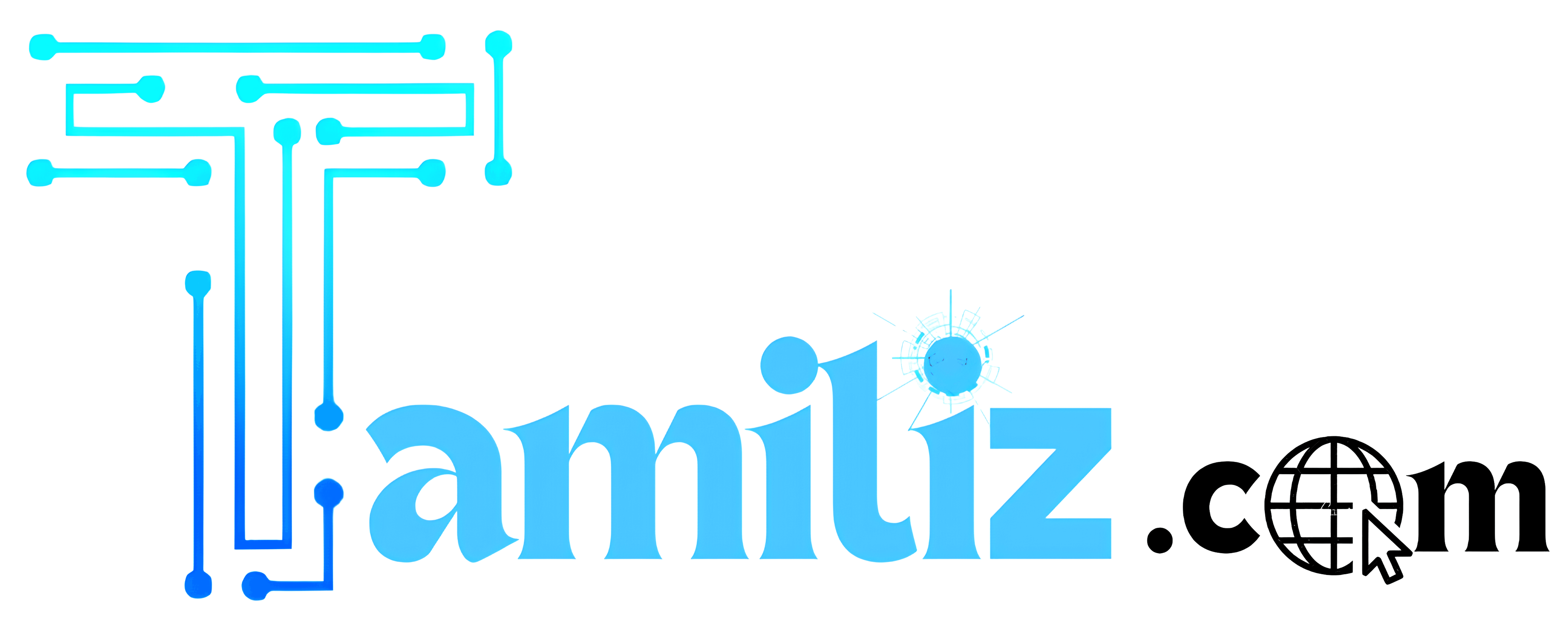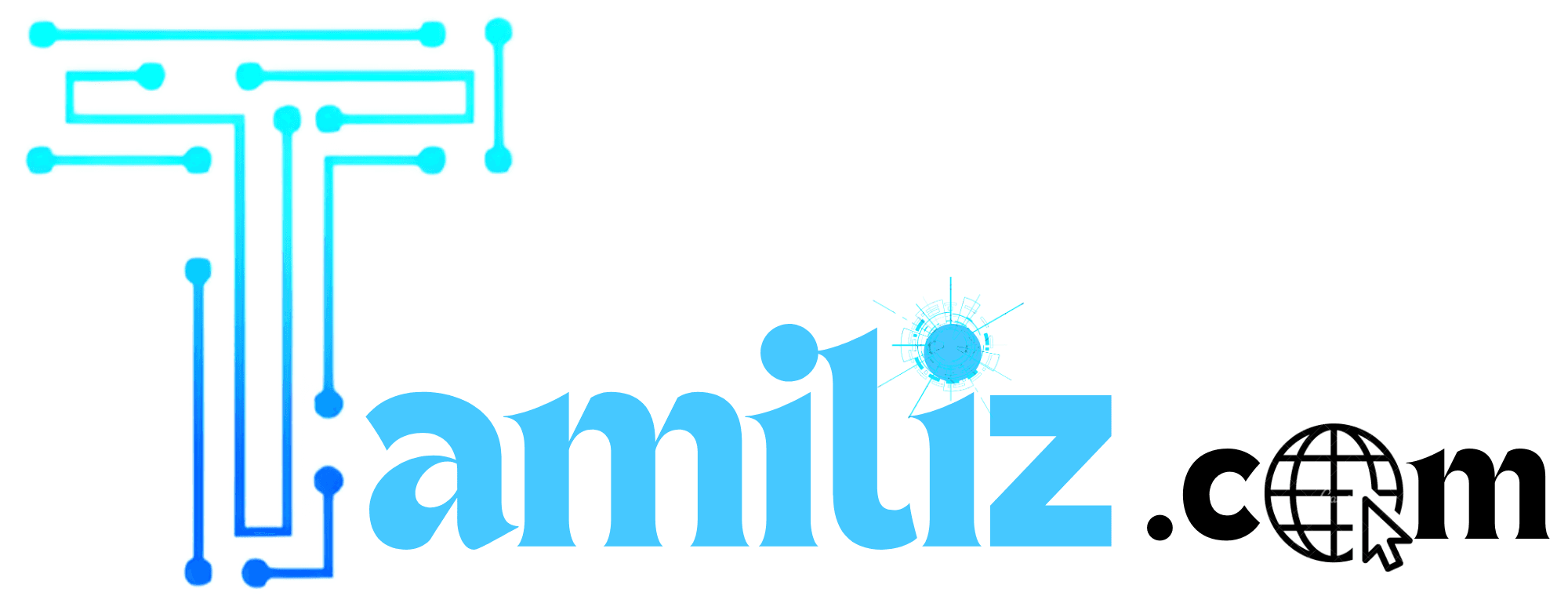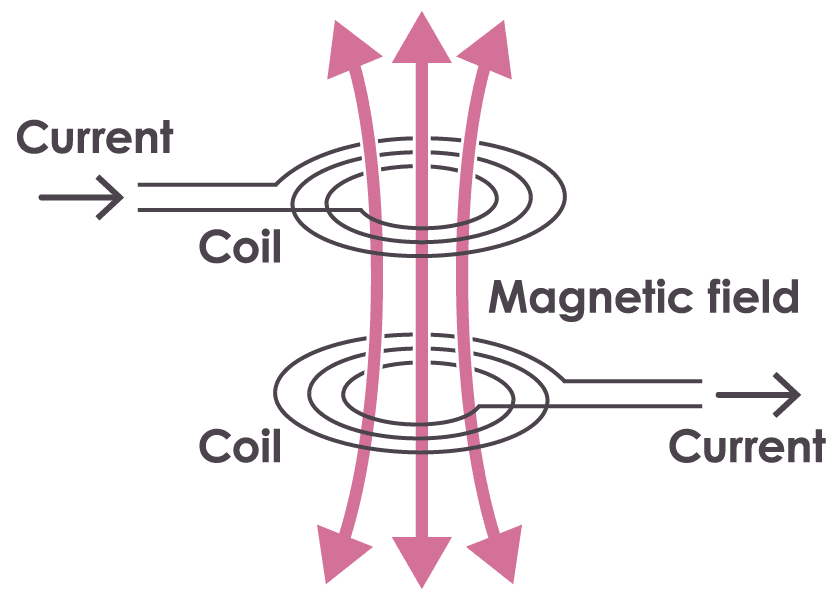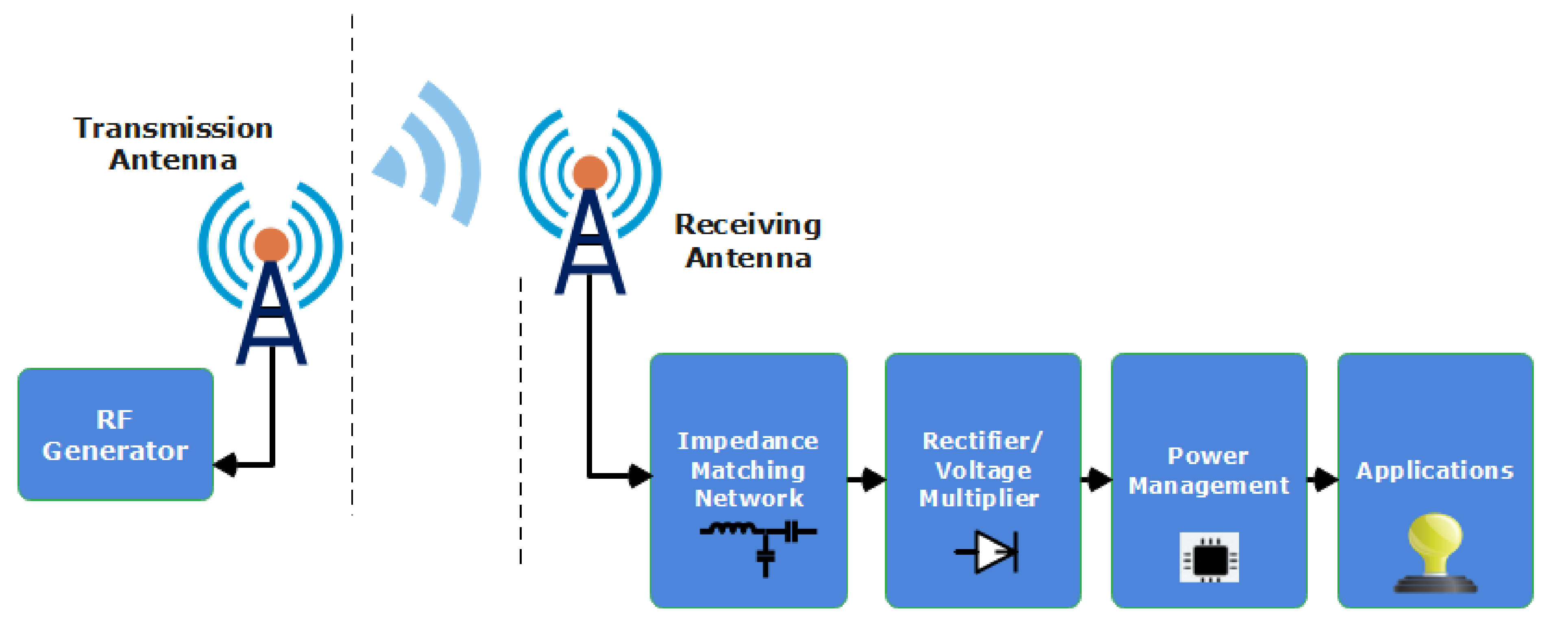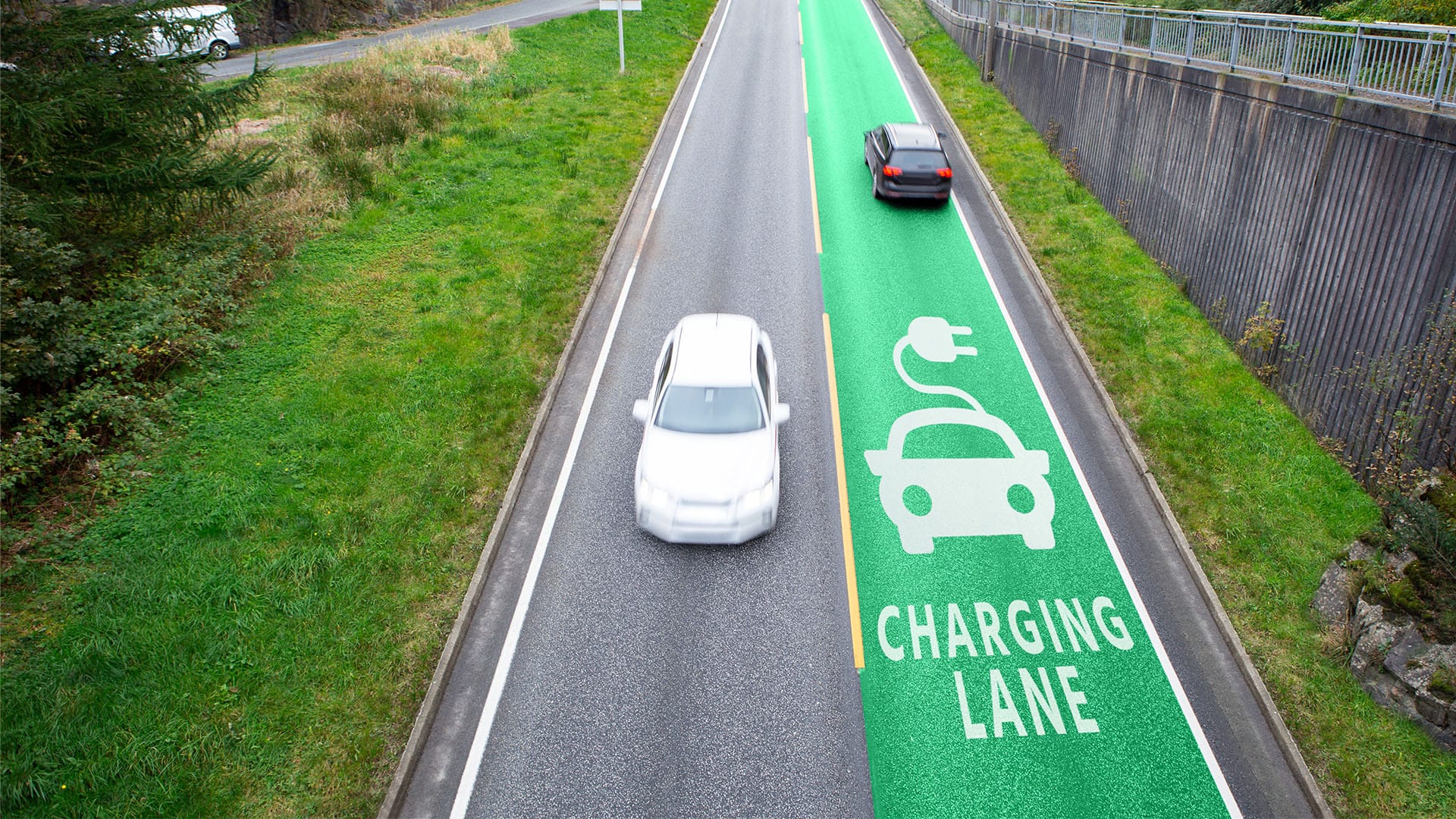Introduction
Wireless energy transmission, once a concept restricted to science fiction, is now a rapidly advancing technology. This revolutionary approach to energy transfer promises a world without cables, enabling devices to charge and operate without physical connections to power sources. With applications spanning from consumer electronics to electric vehicles and even medical implants, wireless energy transmission could reshape multiple industries. But how does this technology work, what are its benefits and limitations, and what does the future hold?
What is
Wireless Energy Transmission?
Wireless energy transmission is the transfer of electrical power from a source to a load without the need for physical conductors. Using principles such as electromagnetic waves or magnetic resonance, this technology allows energy to move from a transmitter to a receiver over a certain distance. The concept has its roots in Nikola Tesla’s early experiments in the 1890s, though practical and efficient implementations have only started emerging in recent years.
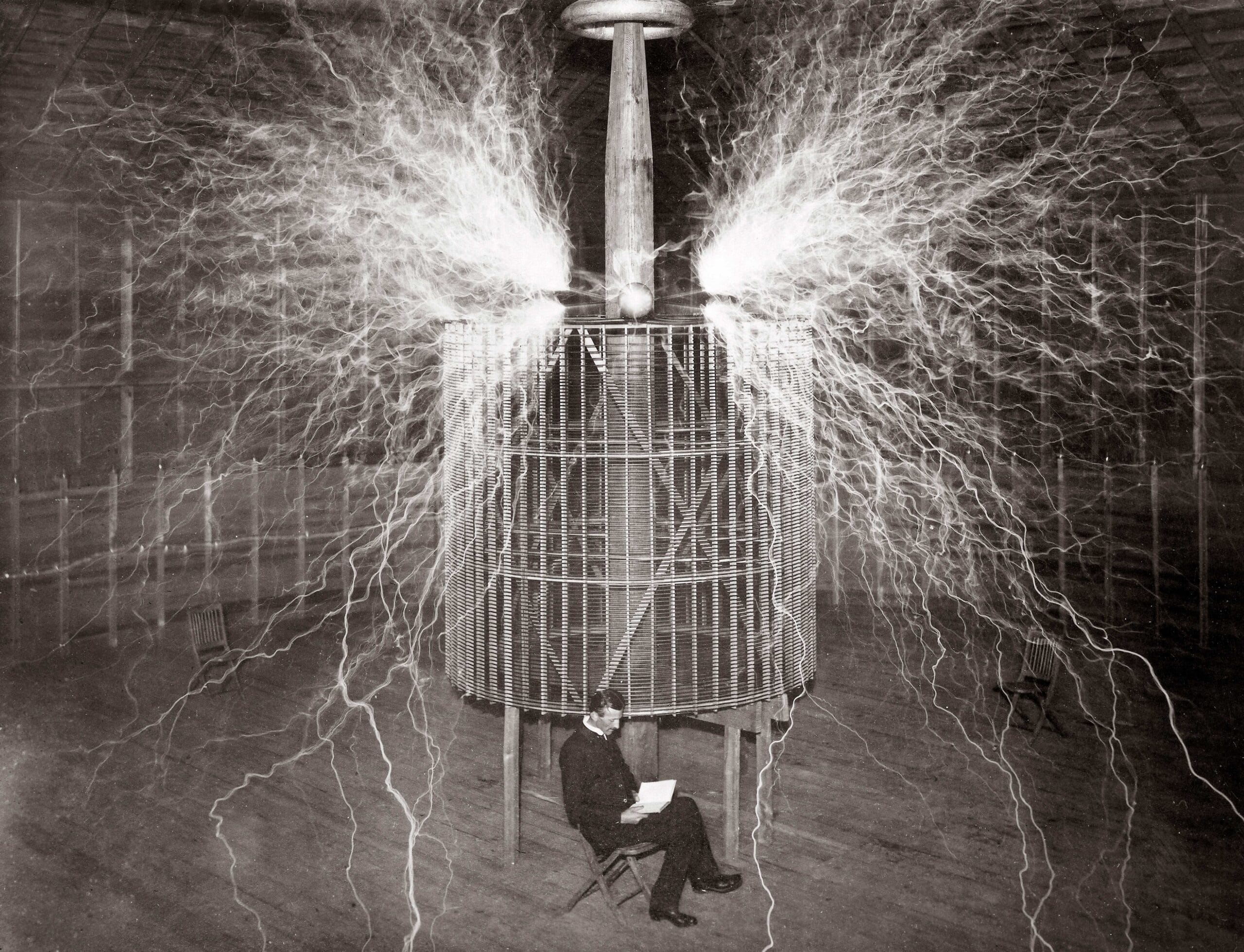
Technologies in
Wireless Energy Transmission
Wireless energy transmission employs several core technologies:
- Electromagnetic Induction:
Commonly used for charging smaller devices, such as smartphones and electric toothbrushes, this method uses a transmitter coil to generate an electromagnetic field, which a receiver coil picks up, converting it back into electric current. - Magnetic Resonance:
This technique operates similarly to induction but allows for greater distances and power levels. Magnetic resonance is more efficient in situations where the transmitter and receiver are not perfectly aligned, making it suitable for electric vehicle charging.
- Radio Frequency (RF) Transmission:
RF technology uses radio waves to transfer energy over long distances and can power devices with low energy requirements, such as IoT devices and sensors.
- Laser and Microwave Transmission:
Primarily used for long-distance and high-power applications, lasers and microwaves can transfer energy across several miles. However, they require a direct line of sight and are less efficient due to atmospheric absorption.
Applications of
Wireless Energy Transmission
Wireless energy transmission is becoming a key technology in various sectors, including:
- Consumer Electronics:
Many of today’s smartphones, smartwatches, and earbuds support wireless charging, allowing users to recharge devices by simply placing them on a charging pad. - Electric Vehicles (EVs):
Wireless charging for EVs is being developed to make charging more convenient by eliminating the need to plug in. This could lead to wireless-charging roads in the future, where vehicles charge as they drive. - Healthcare:
Medical implants like pacemakers and insulin pumps can now be powered wirelessly, reducing the need for battery replacement surgeries and enabling more compact, efficient designs. - Industrial Applications and IoT:
Wireless power for industrial sensors and IoT devices can eliminate the need for batteries in hard-to-access locations, reducing maintenance costs and downtime.
Ongoing Projects in
Wireless Energy Transmission
Several ambitious projects worldwide are pushing the boundaries of wireless energy transmission:
- Road-Integrated Wireless Charging:
Projects in Sweden and Israel are exploring wireless charging roads for electric buses, trucks, and passenger vehicles, aiming to create a seamless charging experience while vehicles are in motion. - Space-Based Solar Power (SBSP):
Agencies like NASA and the Japan Aerospace Exploration Agency (JAXA) are working on harvesting solar power from satellites and transmitting it back to Earth using microwaves, potentially solving the problem of energy scarcity.
- Wireless Charging for Autonomous Vehicles: Companies such as WiTricity and Qualcomm are developing systems to wirelessly charge self-driving vehicles, which could eliminate the need for charging stations and allow these vehicles to operate with minimal human intervention.
Where Companies Use
Wireless Energy Transmission
Several major companies are actively investing in or utilizing wireless energy transmission:
- Apple and Samsung:
Both companies support wireless charging in their smartphones, making it a common feature in their high-end devices. - Tesla and BMW:
These automotive giants are experimenting with wireless charging for electric vehicles, aiming to make EV charging more convenient for consumers. - Amazon:
Through its Amazon Scout program, Amazon is exploring wireless charging for autonomous delivery drones, which would allow for continuous operation with minimal manual recharging. - Medtronic:
A leader in medical technology, Medtronic utilizes wireless power in several of its implants, such as pacemakers and neurostimulators, improving patient convenience and safety.
Benefits of
Wireless Energy Transmission
Wireless energy transmission offers several advantages:
- Convenience:
By eliminatingcords and connectors, wireless power improves convenience for users in both consumer and industrial contexts. - Durability:
Removing physical connections reduces wear and tear, particularly in environments with harsh conditions, such as factories and outdoor IoT installations. - Efficiency for Small Devices:
Wireless charging is often more energy-efficient for small, low-power devices where frequent battery replacement is impractical or difficult. - Scalability for Smart Cities:
With fewer physical connections and cables required, wireless energy transmission could enable smart cities with centralized power hubs that wirelessly power sensors, streetlights, and more.
Disadvantages of
Wireless Energy Transmission
However, this technology also has limitations:
- Efficiency Losses:
Compared to wired connections, wireless energy transmission often suffers from lower efficiency, particularly over long distances. - Heat Generation:
Wireless charging can generate more heat, potentially impacting device performance and lifespan. - Cost:
Setting up wireless charging infrastructure, particularly for high-power applications like EVs, can be expensive and may require significant investment. - Interference and Safety Concerns:
Radio frequencies and microwaves used in wireless power transmission could potentially interfere with other electronic devices, raising concerns about regulatory compliance and health impacts.
The Future
The future of wireless energy transmission looks promising. With advances in artificial intelligence, IoT, and smart infrastructure, demand for wireless power is expected to surge. Emerging technologies like millimeter-wave and terahertz-based power transmission could improve efficiency and range, making it possible to power entire buildings or charge vehicles in real time. Additionally, wireless charging roads and space-based solar power could become a reality, creating sustainable energy solutions on a global scale.
Conclusion
Wireless energy transmission has come a long way from its early theoretical foundations, proving to be a transformative technology with applications across various industries. While there are still challenges to address, such as efficiency and cost, the potential benefits—from increased convenience to enhanced device longevity—make it an exciting area of research and development. As more companies and researchers contribute to this field, wireless energy transmission could soon become a standard in our daily lives, reshaping how we interact with technology and the environment around us.
(Click notification ![]() for more updates)
for more updates)
